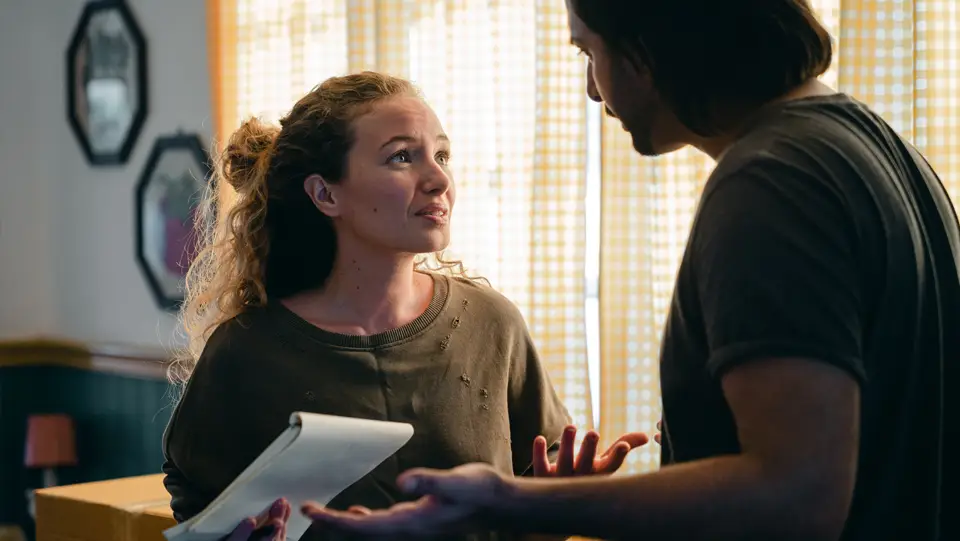One of the most common misconceptions I hear from people who have not been a part of a Collaborative Divorce process (attorneys included) is this: “People get divorced because they can’t get along. Collaborative Divorce won’t work for people who don’t get along.”
That couldn’t be further from the truth.
Divorcing parents rarely “get along” because there’s no conflict. Divorce, by its very nature, is a conflict-filled process. Hurt feelings, anger, resentment, fear, and disappointment are normal and expected. The difference between a destructive divorce and a healthy one isn’t whether conflict exists—it’s whether the parties can choose to set aside their worst impulses long enough to work toward solutions that serve their children and their own long-term well-being.
Collaborative Divorce Is Not About the Absence of Conflict and Anger
Many people assume that Collaborative Divorce is only for couples who are still friendly, agreeable, or at peace with each other. In reality, Collaborative Divorce is designed for the exact opposite: people who are in conflict but who want to avoid letting that conflict control their futures.
In the Collaborative process, you don’t have to deny your feelings or pretend the hurt isn’t there. Strong emotions like anger, hurt, grief, frustration, and fear are natural. What matters is that both parties commit to sitting down, with the help of trained professionals, to work through the issues constructively rather than fighting about who is right and who is wrong or how they hurt each other during the marriage.
Why Choose Collaborative Law?
When parents default to an adversarial tug-of-war, the divorce negotiation becomes the battleground for every unresolved grievance. The conflict often escalates, costs increase, and the damage to the co-parenting relationship can be long-lasting. Children, unfortunately, feel the brunt of that fallout.
In contrast, Collaborative Divorce asks each parent to make a different choice:
• A choice to focus on solutions, not just grievances.
• A choice to prioritize your and the children’s well-being over “winning.”
• A choice to preserve some measure of dignity and cooperation for the future.
This doesn’t mean the process is easy or conflict-free. It means you’re choosing not to let conflict dictate the outcome of your divorce or the quality of your life or your children’s lives.
Moving Beyond the Conflict
Conflict in divorce is unavoidable. What matters is whether you allow it to trap you—or whether you use a process designed to help you move past it. Collaborative Divorce gives partners and parents the tools and support to manage their emotions, address their disputes, and create durable agreements.
You don’t have to like each other. You don’t even have to “get along” in the traditional sense. You simply need to share a commitment not to be trapped forever in the conflict, but to find a way forward despite it, without destroying the people and things you hold dear in the process.
That commitment, not a lack of conflict, makes all the difference—for your children, and for yourself.




